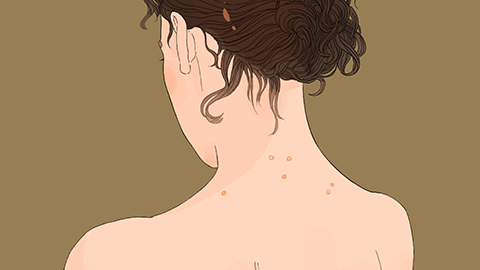How long does it take for HPV infection to become negative after infection?
HPV generally refers to human papillomavirus. After human papillomavirus infection, it usually turns negative within 6-24 months, although the specific time may vary.

Human papillomavirus is divided into low-risk and high-risk types, and different types have varying impacts on health and clearance times. Low-risk human papillomaviruses, such as HPV types 6 and 11, are usually associated with genital warts. Most people's immune systems can clear these viruses naturally within 6-12 months after infection. In individuals with normal immune function, both low-risk and high-risk HPV types may be cleared by the body's immune system within 24 months after infection, leading to a negative test result.
Infections with high-risk human papillomavirus may take longer to clear, generally around 18-24 months, though some individuals may require even more time for the virus to become undetectable. If a patient's immunity is weak, the human papillomavirus may be more difficult to eliminate, and the time required for the virus to turn negative may be prolonged. Some patients may experience persistent human papillomavirus infection, meaning the virus remains positive for a long time. In such cases, patients should be vigilant for the occurrence of precancerous lesions and cervical cancer and should undergo necessary treatment and follow-up observation under a doctor's guidance.
Regular gynecological examinations and HPV screening, especially for women who are sexually active, are helpful for the prevention and early detection of human papillomavirus-related diseases.






